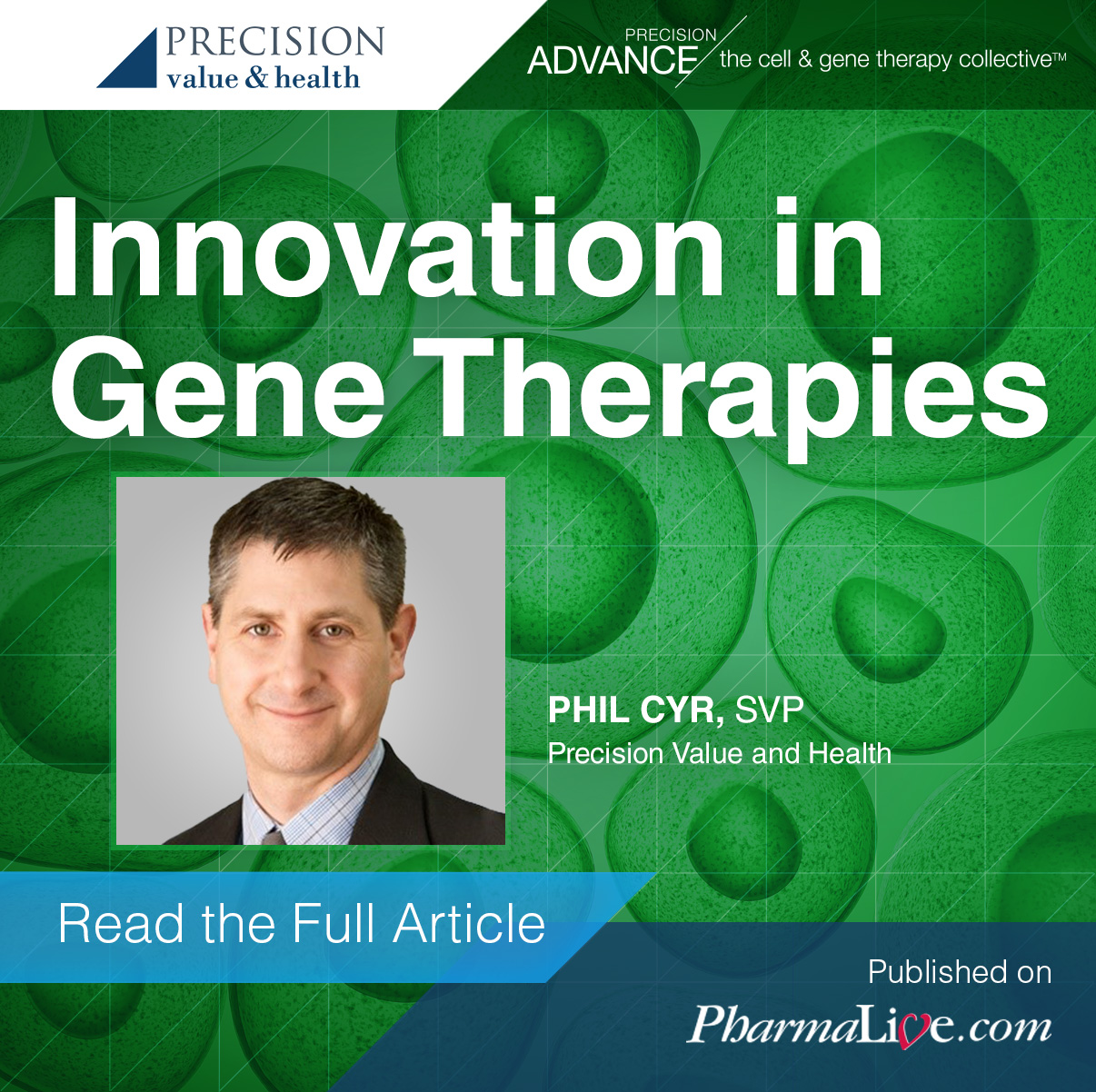White Paper: The Future is Now: Cell and Gene Therapy Innovation, Challenges, and Perspectives
Cell and gene therapies have the potential to revolutionize treatment of a wide range of diseases. With six new therapies approved in 2022, including the first allogeneic T-cell therapy, and at least as many slated for approval this year, the sector is poised for rapid growth. This innovation comes with challenges, though, and many consider 2023 to be a seminal year for establishing a strong foothold for advanced therapies in mainstream medicine.
Executive Summary: State of the Industry
Tim Hunt, CEO of the Alliance for Regenerative Medicine (ARM), kicked off the event with a briefing on the state of the cell and gene therapy development landscape. With 475 members worldwide, ARM focuses on convening the sector, providing data and analysis, engaging with stakeholders, and enabling the development of advanced therapies. One of their key initiatives is modernizing healthcare systems to enable access to these novel therapeutics. Highlights of this briefing are provided in this summary.
Article: Innovations in Gene Therapies
Despite innovation to date in gene therapy, safety concerns with adeno-associated virus (AAV) vectors and uneasiness around cost and affordability has brought into focus the need for even more advancement in the field. In this Pharma Live article, Precision’s Phil Cyr discusses some of the innovations that are occurring to address these issues.
Article: Choosing the Optimal Sample Type for Flow Cytometry: Key Considerations and Case Studies
Flow cytometry is a powerful tool in clinical trials as a platform for monitoring immune cells of interest. But how do you ensure a blood sample gets from draw to analysis and how do you choose the right sample type to preserve viability and function? Learn how in our latest blog.





